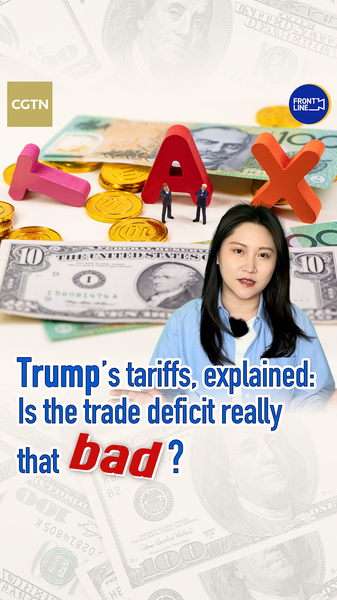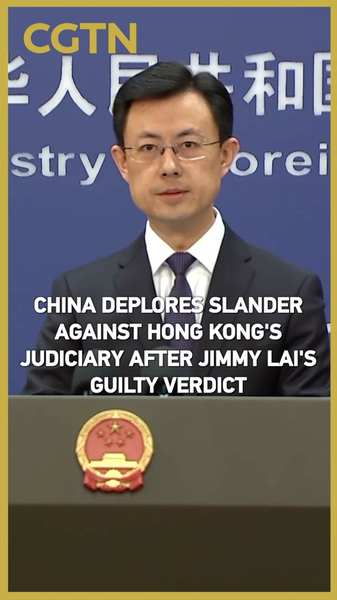In a move that has sparked global discussion, U.S. President Donald Trump recently imposed tariffs on more than 180 countries and regions, including long-time allies such as the EU and Japan. The measure was part of an effort to address what Trump claims is an unfair trade deficit that leaves the United States at a disadvantage.
The trade deficit debate is complex. On one hand, tariffs are designed to protect domestic industries by making imported products more expensive. On the other, many economists argue that a trade deficit is not always a sign of economic weakness but can result from factors such as consumer preferences, investment flows, and global economic dynamics. This has led to a spirited discussion among policy experts, business leaders, and young global citizens alike.
For those navigating today’s fast-changing economic landscape, understanding the nuances behind trade statistics and policy decisions is essential. While some view the tariffs as a proactive measure to level the playing field, others warn that such policies may have unintended impacts on markets and consumer prices. The debate continues, inviting us to explore data-driven insights and diverse perspectives on whether the current U.S. trade deficit is truly a cause for alarm.
As global trade evolves, staying informed through clear and engaging analysis is key for everyone from digital nomads to business and tech enthusiasts. The conversation on tariffs and trade deficits is not just about numbers—it’s about understanding the interconnected world of modern economies and the policies that shape our future.
Reference(s):
Trump's tariffs, explained: Is the trade deficit really that bad?
cgtn.com


